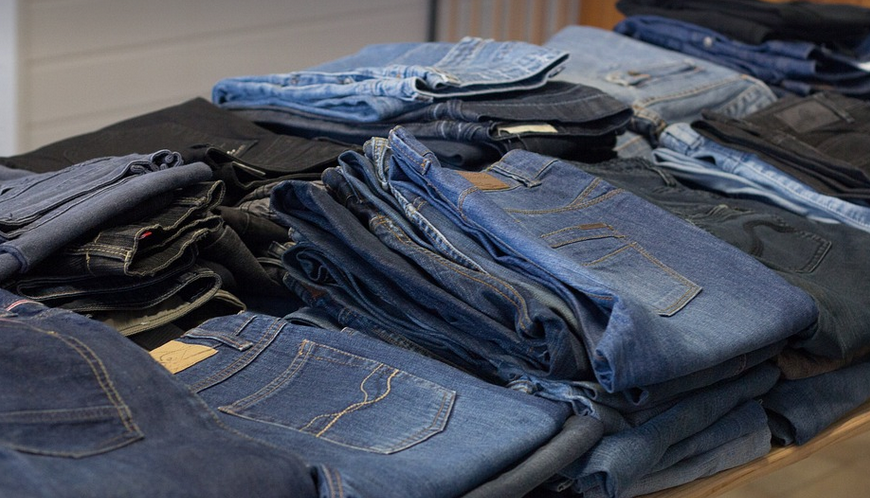The Importance of High-Quality Gloves
Sheet metal work is a tough gig, no doubt about it. Those smooth curves and sharp edges can be dangerous, and you need protection to handle those intense projects without getting hurt. But finding the right gloves—the kind that fit snugly and offer real defense against cuts, abrasions, and burns—can be like searching for the perfect song; challenging but oh so rewarding.
Think of your hands as delicate instruments in a symphony of metalwork. They need to be protected from wear and tear, keeping those fingers nimble and those thumbs ready for action. The right gloves are not just about preventing injury; they’re about maximizing your comfort and productivity, too. Finding the ideal glove is like finding the melody that perfectly matches the beat of your work.
So how do you find those perfect gloves? What should you look for? It all comes down to understanding your specific needs and prioritizing what matters most: protection, dexterity, and long-lasting durability. Whether you’re a seasoned pro or just starting out, these tips will get you on the path to finding the best gloves for sheet metal work.
Understanding Your Sheet Metal Work
Before we dive deep into glove types and features, let’s talk about your project. What kind of sheet metal are you dealing with? Is it thin steel sheets or thick aluminum plates? This will shape the type of protection you need.
Let’s imagine you’re bending heavy gauge steel for a construction project: these metals can be unforgiving, prone to sudden bursts of heat and pressure. You’ll need gloves that offer superior abrasion resistance, reinforced palms, and durable stitching.
Now, picture yourself crafting intricate details on thin aluminum sheets. Here you might favor lightweight gloves that allow for a high degree of dexterity. These gloves will be crucial when working with delicate components and precise folds.
The Different Glove Families
Gloves come in a vast array of styles, each offering unique benefits to suit different work needs. Let’s break down some key types so you can get a clear picture of what they have to offer:
1. Leather Gloves
Leather gloves are the tried-and-tested veterans on the field. They provide excellent protection from cuts, abrasions, and punctures, thanks to their natural durability and flexibility. The classic workhorse for many sheet metal tasks. They’re often worn in environments with high levels of heat and noise.
2. Synthetic Gloves
Synthetic gloves offer an equally reliable solution for those who want a bit more variety in terms of protection, feel and performance. They come in various types like nitrile or neoprene, offering superior resistance to chemicals, oil, and even extreme temperatures.
3. Coated Gloves
These gloves are the superheroes of the glove world! Coated gloves offer a unique blend of both durability and dexterity. Some feature reinforced palms and fingers for added protection against sharp edges. They’re often designed for tasks like welding or grinding where you need extra grip.
4. Mechanically-Designed Gloves
For those who want even more precision on the job, consider gloves with specialized features like fingertip pads, textured palm designs, and conductive fingertips. These can help reduce fatigue during long workdays while ensuring a high level of control over intricate metalwork.
Choosing Your Perfect Gear
It’s time to delve into choosing the right glove for your specific needs. Here are some things to consider:
* **Cut Resistance:** How much protection do you need against cuts and punctures? Are you working with thin sheets or thick plates? How sharp are the edges on your metalwork? * **Abrasion Resistance:** Do you anticipate frequent handling of rough surfaces, like when sanding or welding? This will influence the thickness and quality of materials used in the glove. * **Dexterity:** Is fine motor control crucial for your work? Look for gloves with flexible fingertips to ensure a smooth workflow without sacrificing hand protection. * **Fit & Comfort:** A snug yet comfortable fit is key! Make sure the gloves don’t restrict movement or cause discomfort during prolonged wear.
Taking the Right Care of Your Gloves
Like any good tool, your gloves need proper maintenance to ensure they stay in top shape for years to come:
* **Regular Cleaning:** After every work session, wash and dry your gloves thoroughly. If you’ve encountered harsh chemicals or solvents, use a specialized cleaner designed for the job. * **Inspecting for Wear:** Wear and tear are inevitable, so regularly check your gloves for damage like holes, tears, and loose stitching. Replace them if necessary to avoid compromising your safety and performance.
Remember: Taking care of your gloves not only extends their lifespan but also ensures you’re always armed with the best possible protection in every project.
